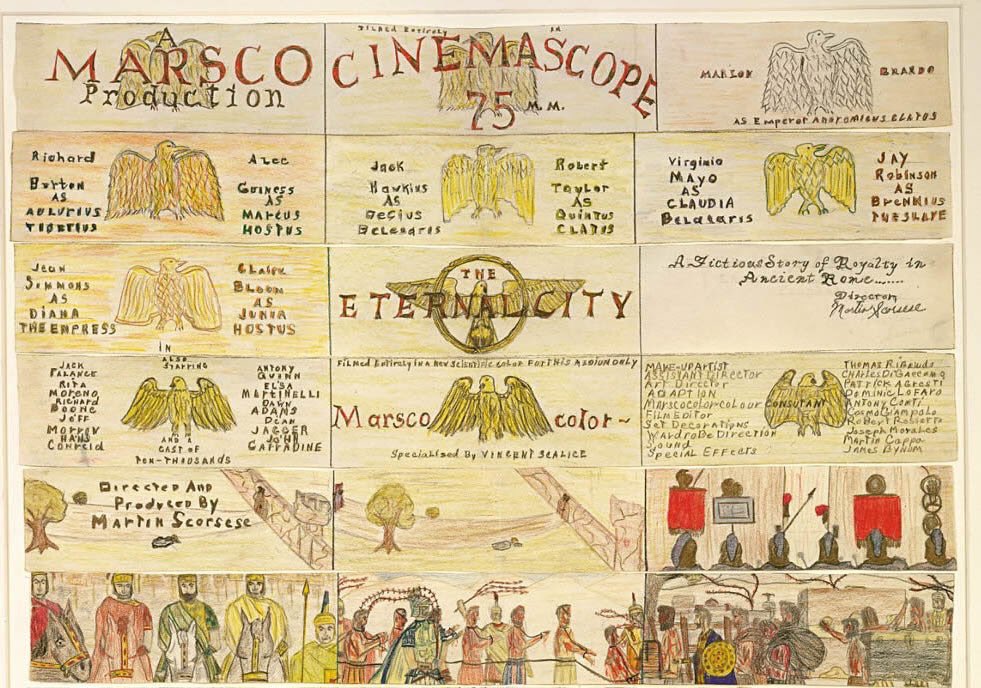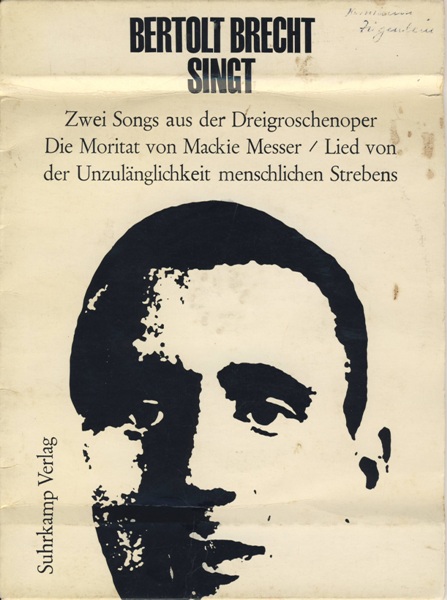“I probably worry less about the real future than the average person,” says William Gibson, the man who coined the term “cyberspace” and wrote books like Neuromancer, Idoru, and Pattern Recognition. These have become classics of a science-fiction subgenre branded as “cyberpunk,” a label that seems to pain Gibson himself. “A snappy label and a manifesto would have been two of the very last things on my own career want list,” he says to David Wallace-Wells in a 2011 Paris Review interview. Yet the popularity of the concept of cyberspace — and, to a great extent, its having become a reality — still astonishes him. “I saw it go from the yellow legal pad to the Oxford English Dictionary, but cyberspace is everywhere now, having everted and colonized the world. It starts to sound kind of ridiculous to speak of cyberspace as being somewhere else.” A dozen years earlier, in Mark Neale’s biographical documentary No Maps for These Territories, the author tells of how he first conceived it as “an effective buzzword,” “evocative and essentially meaningless,” and observes that, today, the prefix “cyber-” has very nearly gone the way of “electro-”: just as we’ve long since taken electrification for granted, so we now take connected computerization for granted.
“Now,” of course, means the year 1999, when Neale shot the movie’s footage. He did it almost entirely in the back of a limousine, tricked out for communication and media production, that carried Gibson on a road trip across North America. The long ride gives us an extended look into Gibson’s curious, far-reaching mind as he explores issues of the inevitability with which we find ourselves “penetrated and co-opted” by our technology; growing up in a time when “the future with a capital F was very much a going concern in North America”; the loss of “the non-mediated world,” a country to which we now “cannot find our way back”; the modern reality’s combination of “a pervasive sense of loss” and a Christmas morning-like “excitement about what we could be gaining”; his early go-nowhere pastiches of J.G. Ballard and how he then wrote Neuromancer as an approach to the “viable but essentially derelict form” of science fiction; his fascination with the sheer improbability of those machines known as cities; and his mission not to explain our moment, but to “make it accessible,” finding the vast, near-incomprehensible structure underlying the pounding waves of thought, trend, and technology through which we all move. Watching No Maps for These Territories here in cyberspace, I kept forgetting that Gibson said these things a tech-time eternity ago, so pertinent do they sound to this moment. And happiness, as he puts it in one aside, “is being in the moment.”
Related Content:
William Gibson, Father of Cyberpunk, Reads New Novel in Second Life
Colin Marshall hosts and produces Notebook on Cities and Culture and writes essays on cities, language, Asia, and men’s style. He’s at work on a book about Los Angeles, A Los Angeles Primer. Follow him on Twitter at @colinmarshall or on Facebook.




